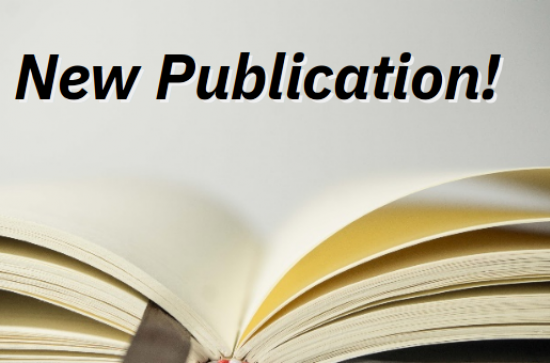
Abstract
Fintan Costello, Paul Watts (Dept of Theoretical Physics, Maynooth University) & Rita Howe
One clear aspect of behaviour in the COVID-19 pandemic has been people’s focus on, and response to, reported or observed infection numbers in their community.
We describe a simple model of infectious disease spread in a pandemic situation where people’s behaviour is influenced by the current risk of infection and where this behavioural response acts homeostatically to return infection risk to a certain preferred level. This homeostatic response is active until approximate herd immunity is reached: in this domain the model predicts that the reproduction rate R will be centred around a median of 1, that proportional change in infection numbers will follow the standard Cauchy distribution with location and scale parameters 0 and 1, and that high infection numbers will follow a power-law frequency distribution with exponent 2. To test these predictions we used worldwide COVID-19 data from 1st February 2020 to 30th June 2022 to calculate 95% confidence interval estimates across countries for these R, location, scale and exponent parameters. The resulting median R estimate was 95%CI=[0.99,1.01] (predicted value 1) the proportional change location estimate was 95%CI=[−0.01,0.02] (predicted value 0), the proportional change scale estimate was 95%CI=[0.99,1.08] (predicted value 1), and the frequency distribution exponent estimate was 95%CI=[1.97,2.15] (predicted value 2); in each case the observed estimate agreed with model predictions.
